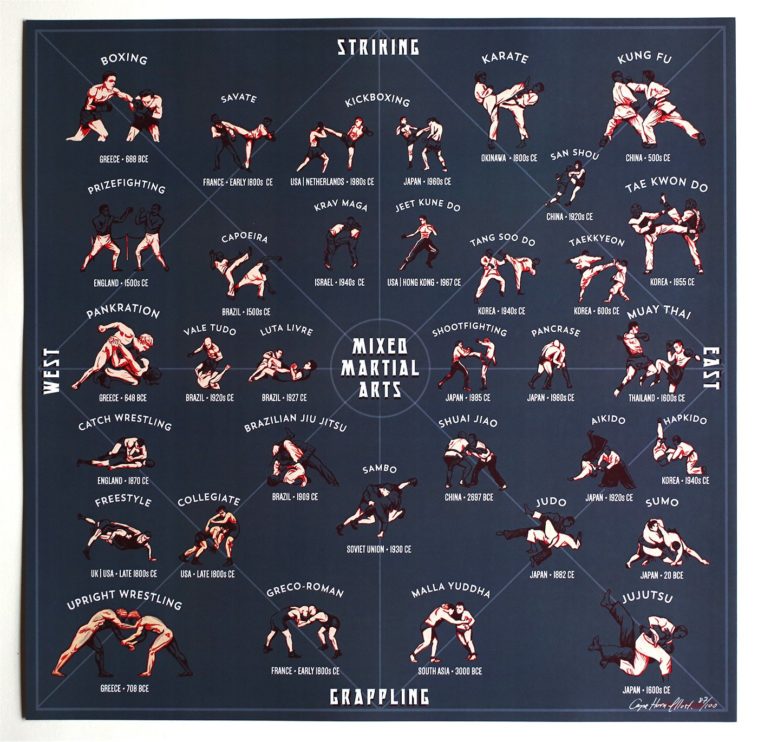Recognizing The Different Belt Degrees In Taekwondo: Necessary Details To Acquaint Yourself With
Recognizing The Different Belt Degrees In Taekwondo: Necessary Details To Acquaint Yourself With
Blog Article
Web Content Composed By-Kokholm Malone
Did you know that there are a total amount of ten belt degrees in Taekwondo? From the beginner's white belt to the respected black belt, each degree represents a turning point in your journey to proficiency.
However what do these belt levels actually imply? Exactly how do you advance with them?
In mouse click the next web page , we will break down the belt degrees in Taekwondo, discover their value, and discover what it takes to increase via the ranks.
So, if you're curious to comprehend the complexities of Taekwondo's belt system and what it indicates for your training, stay tuned.
The Objective of Belt Levels
The function of belt degrees in Taekwondo is to supply a clear and organized development system for you to track your advancement and skill level. As you begin your Taekwondo trip, you begin with a white belt, signifying your newbie standing. With each belt promo, you get new knowledge, techniques, and duties.
The belt degrees function as turning points, showing your devotion, commitment, and development in the martial art. They give a sense of achievement and inspiration to keep pushing on your own to improve. Additionally, belt degrees help instructors and peers review your capacities and supply suitable guidance and training.
Belt Colors and Their Significances
As you advance through the belt levels in Taekwondo, each shade stands for a particular significance and indicates your development in the martial art.
The white belt, which is the starting point for all newbies, represents purity and innocence.
As you move on to the yellow belt, it represents the planet where a plant sprouts and takes root.
The green belt represents development and the growth of your skills.
The blue belt represents the skies, where your capacity as a Taekwondo professional is infinite.
https://top-leaders-martial-arts43210.theisblog.com/32677831/just-how-youth-martial-arts-affect-academic-accomplishment-and-concentration represents risk and care, advising you to use your skills properly.
Ultimately, can bullying make you stronger stands for mastery and expertise, symbolizing your journey towards becoming a true Taekwondo master.
Each belt color holds its very own distinct meaning, showing your progress and commitment in this ancient fighting style.
Progressing With the Belt Degrees
To advance with the belt degrees in Taekwondo, you need to continually show your skills and devotion. Below's what you require to know about advancing in this martial art:
1. ** Technique Makes Perfect **: Regular training sessions are important to enhance your technique and master the needed forms. Rep sharpens your abilities, enabling you to execute with accuracy and rate.
2. ** Pressing Your Limitations **: Progressing via the belt degrees calls for pressing on your own past your convenience zone. You'll be challenged literally and emotionally, but it's through these challenges that you expand and enhance.
3. ** Checking Your Understanding **: Belt checks review your understanding of Taekwondo principles, including sparring, protection, and breaking strategies. These tests guarantee you have a thorough understanding of the art and are ready to proceed to the next degree.
https://www.fox13news.com/video/1169384
As you start your trip with the belt degrees in Taekwondo, keep in mind that each color holds a much deeper significance beyond its surface appearance.
Similar to the lively shades of the belts, your progression represents development, technique, and determination.
As you advance, each belt ends up being a sign of your commitment and mastery of the art.
Accept the difficulty, push your limits, and let the meaning of your belt degrees influence you to end up being the very best version of on your own both on and off the mat.
